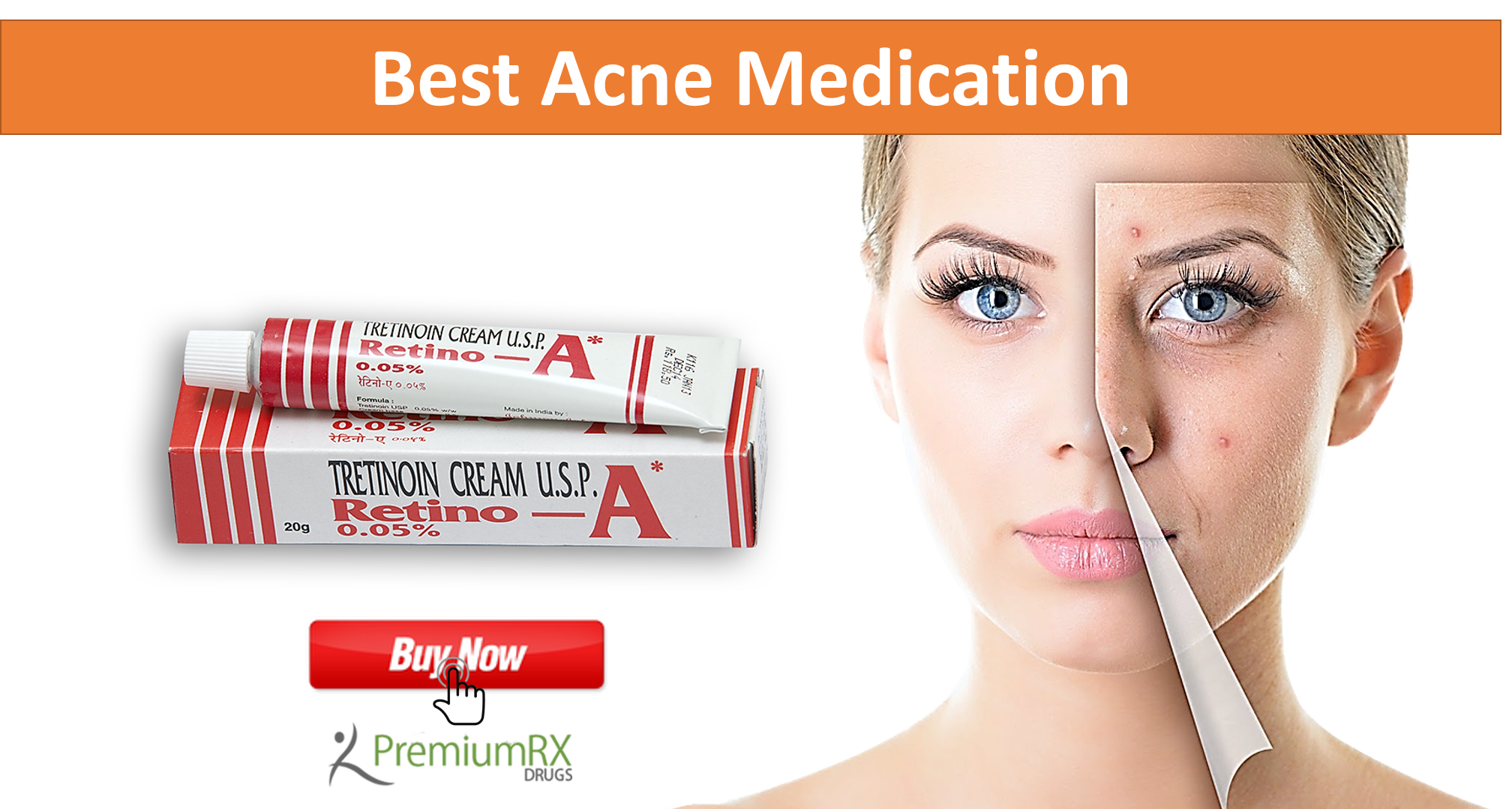If you are still battling annoying acne as an adult, this blog is for you. Here are some causes of acne on adults’ faces and the treatments dermatologists recommend for resolving acne.
Causes and risk factors
Many people think eating certain foods contributes to the formation of acne. Generally, it’s not true, but if you think a particular food is making it worse, try to avoid it for 4 to 6 weeks. Eating a balanced diet with plenty of fruits, vegetables, and whole grains may help your complexion and overall health.
Oily skin care products may contribute to acne. Instead, try using water-based cosmetics. If your parents had acne, you may be more likely to get affected by this skin condition because of genetic hormonal similarities.
Young women may begin to observe a worsening of acne vulgaris, especially during monthly periods. Acne vulgaris can also be a side effect of some medicines. Sometimes, wearing sports equipment, including shoulder pads, chin straps, and tight spandex, can cause breakouts.
Causes of adult acne
Adult acne usually develops on the lower half of the face, while teen acne is typically on the upper half. Adult acne is also deeper and appears as cysts or is also referred to as under-the-skin pimples that can’t be drained. Teen acne is usually present on the skin’s surface. So, what’s causing those embarrassing pimples today? One of the major reasons is hormone levels. This includes period pimples and fluctuations that occur during perimenopause. Sometimes, the use of cosmetic products, your skincare routine, and lifestyle choices may also be the culprit, as well as factors you have never considered.
- Hairstyling products that come in contact with your skin can contribute to acne:
Pimples caused by hair care products are common. Styling products seep oil onto the forehead, which can trap acne-causing bacteria in your skin’s pores. With time, clogged pores become inflamed, contributing to pus, redness, and ultimately to whiteheads and blackheads along the forehead and hairline.
Your hairstyle also plays a role; bangs worsen acne by bringing skin-clogging hair products against your facial skin. Apply products with your hands and keep them away from your hairline. After applying the products, wipe your skin with a facial cleanser to remove any traces of the styling product.
2. Using too many skincare items can worsen skin, causing acne
You might explore the vast range of skin care products. That’s good for the cosmetic industry but bad for your skin. Frequently switching products or incorporating a new one in your skincare routine can be challenging for your skin, with new active ingredients that can be irritating and lead to breakout. Even anti-acne products can contribute to blemishes if you use too many. Many individuals develop acne using different acne creams or stringent spot creams and facial wash, all with acne-fighting ingredients. Whether your goal is to remove acne or fight wrinkles, choose one or two products and continue to use them for at least four to six weeks to work.
3. Facial hair removal can trigger a breakout
Topical products applied to your skin before or after hair removal can block skin pores and promote acne. The appearance of itchy bumps after hair removal might not be true, but instead of irritating the hair follicle, it gives rise to a transient rash. To eliminate the rash, use a warm compress on your facial skin about three to four times daily. If it isn’t effective for you, immediately consult your healthcare provider. You may require an antibiotic to relieve the rash. To minimize the bacterial infection on your skin, clean the areas before de-fuzzing and use non-comedogenic products that do not clog your pores.
4. Your makeup remover can be the culprit
Cosmetic products that tend to clog pores can combine with your natural skin oil, ultimately causing breakouts. The problem isn’t only the products and the procedure of removing the makeup. After a long time of wearing makeup, there is a build-up of dirt and makeup oil. This triple threat can easily cause clogging of pores, trapping bacteria responsible for causing acne and triggering breakouts. Make sure you choose non-comedogenic products and gently rinse your facial skin every night. Clean your makeup brushes whenever you wear them, and avoid sharing cosmetic products.
5. Traveling to new places can wreak havoc on your skin, leading to acne formation
The change in the environment, the sun, heat, and humidity can contribute to acne. Generally, your skin is not used to such changes, so it becomes stressed and stressed by breaking out. You cannot change the weather or humidity of places you visit, but avoid excessive sun exposure, and using sunblock with titanium oxide and zinc oxide might help reduce breakouts.
Conclusion
Note when breakouts occur to help you identify a pattern. Recognizing the underlying causes of your adult acne is the first and foremost step in controlling blemishes.
Marie
Latest posts by Marie (see all)
- Finpecia 1 mg: A Game-Changer in the Fight Against Hair Loss - July 18, 2025
- What Is Antibiotic Resistance? Causes, Risks, and Prevention - July 16, 2025
- Guide for Careprost as Eyelash Enhancer – Benefits, Usage, Side Effects - July 3, 2025




